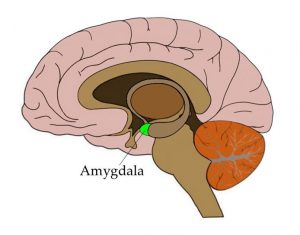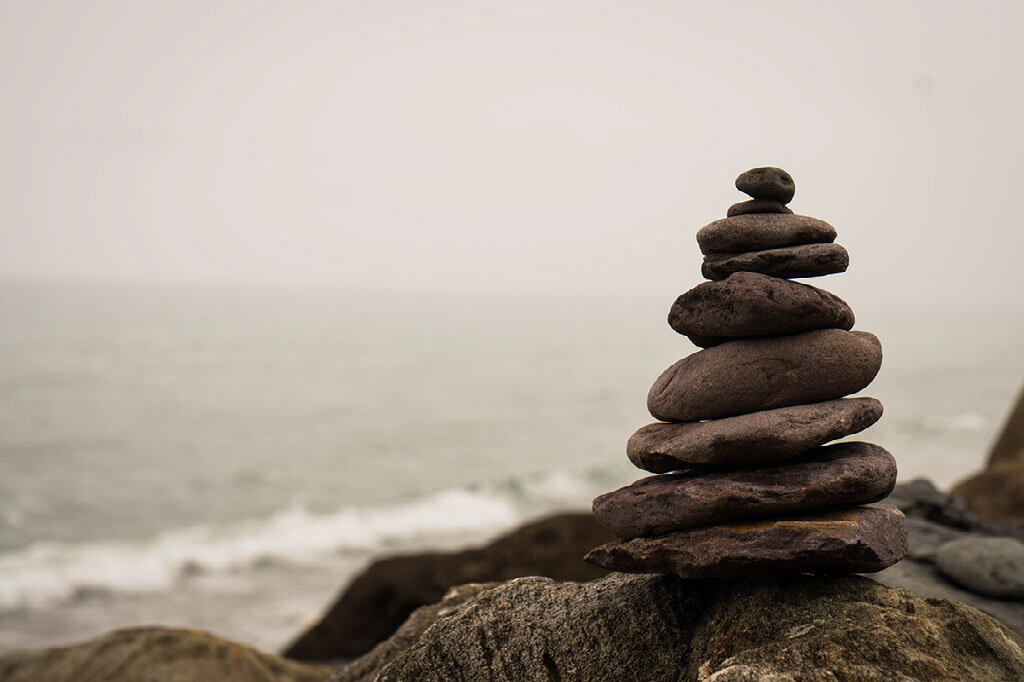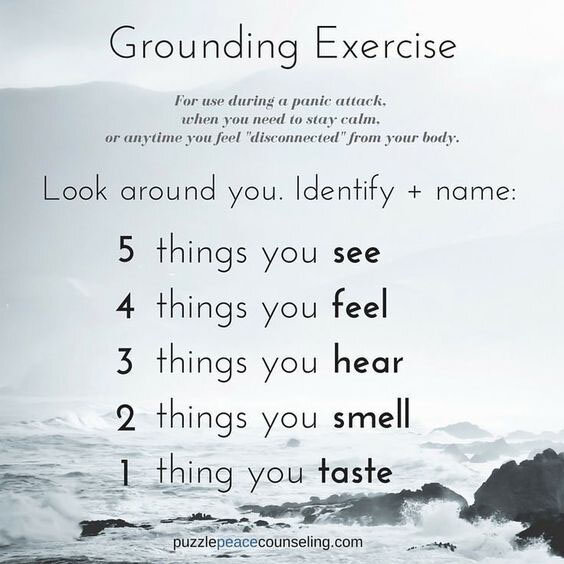Anxiety
Managing Anxiety
BSTA School Counseling
WHAT IS ANXIETY?

Basically, anxiety happens when our brain is tricked into trying to “save our life” when there isn’t any actual danger.

SO WHAT CAN YOU DO IF YOUR BRAIN FEELS ANXIOUS ALL THE TIME?
It may help to notice how anxiety feels in your body, physically, and what triggers it. Learning to recognize anxiety for what it is may help you choose strategies to address it.
Some common strategies to help with anxiety are structured breathing, mindfulness, and grounding:

STRUCTURED BREATHING
Structured breathing just means you pay attention and control your breathing. When we feel anxious, our muscles tighten, our heart rate speeds up, and our breathing can become shallow and fast. By paying attention to your breathing, you can reverse the impact anxiety has on your body, which in turn reduces the anxiety.
Try breathing with the video below:
GROUNDING
Grounding is a way to slow down and focus on something other than your worry. You can try this grounding exercise: Focus on your breathing. Take slow, deep breaths. Inhale through your nose; exhale through your mouth. Now, think of 5 things you can see, 4 things you can feel, 3 things you can hear, 2 things you can smell, and 1 thing you can taste (or, 1 thing you are grateful for.)


MINDFULNESS
Being mindful involves noticing what is happening in the moment, without judgement. You can use any and all of your senses mindfully. Notice your breathing. Notice your body and how it feels. Notice the taste of something you’ve never tried before, without deciding immediately whether you like it or not. (No judgement- just notice what it tastes like, how it feels in your mouth). You can spend time in quiet meditation and use mindfulness to notice your thoughts (without judgement), and the quiet noises and things happening around you.
Using mindfulness has been shown to be beneficial for all people, not just those who have anxiety. It is best to practice being mindful every day, so that in a moment of panic, it is easier to use it when you can’t think straight.





